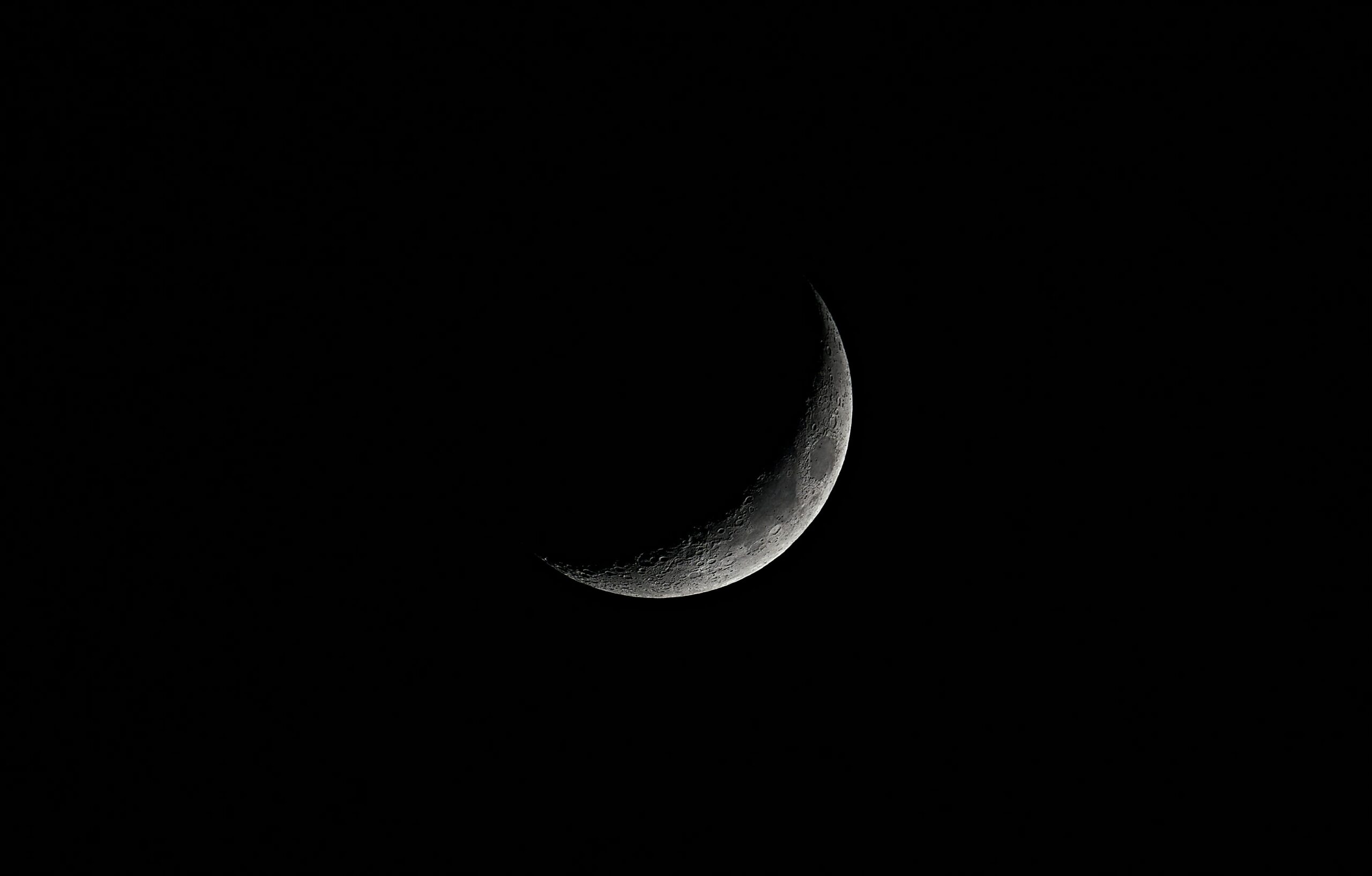Lifestyle
3.5.2024
Dreams, visions, and their age-old importance in the Arab world

A source of mystery, dreams intrigue as much as they fascinate. And have been for thousands of years! Long before the work of Carl Jung and Freud on the subject, dreams played a decisive role in Arab culture, between rites and religious beliefs. The first works on this subject come from Mesopotamia..
The Epic of Gilgamesh, or the first known description of a dream
This Mesopotamian tale, engraved on clay tablets around 2100 BC, describes the first dream experience of the semi-mythical king Gilgamesh of Uruk. He dreams of a meteor falling to earth. His mother, a goddess, saw this as a good omen: the arrival of a travelling companion for Gilgamesh. A man called Enkidu was indeed sent by the gods. After long power struggles, they become friends.
The medium on which this episode is described was found in the library of the last king of ancient Assyria, along with other tablets recounting dreams and their symbolism. These writings were later compiled in a book known as The Assyrian Dream Book.
The subject of dreams is also found in other ancient kingdoms, notably among the Egyptians.
Dreams in ancient Egypt
In ancient Egypt, sleep had a mystical dimension. The Egyptians said that this altered state of consciousness not only regenerated the body and mind, but also established a bridge between the three worlds: the earthly world, the world of the dead and the world of the gods. In fact, the Egyptian word for dream means “to watch over” and even “to awaken”. It’s as if, having fallen into the arms of Morpheus, man emerges into a new dimension.
The Egyptians classified dreams into two categories: spontaneous dreams, which arise naturally during the night, and dreams provoked to enter into a relationship with a divinity. For the latter, the idea was to access a vision or obtain an answer to a problem. This process involved a series of rituals, as well as the presence of a dream interpreter.
Dreams in Islam
In the 7th century, with the advent of Islam, the Quran revealed a passage relating to dreams. The prophet Mohammed told his companions that after his death, his advice would manifest itself in the form of beneficial dreams and visions, known as rou’ya. Terrifying dreams, on the other hand, are attributed to Chaytân (Satan).
Over the centuries, several Muslim scholars have published collections devoted to the interpretation of dreams. According to university professor John C. Lamoreaux, 63 dream books were written during the first 400 years of Islam.
A subject that continues to fascinate, especially as scientific research is still struggling to find answers to this phenomenon.
popular

